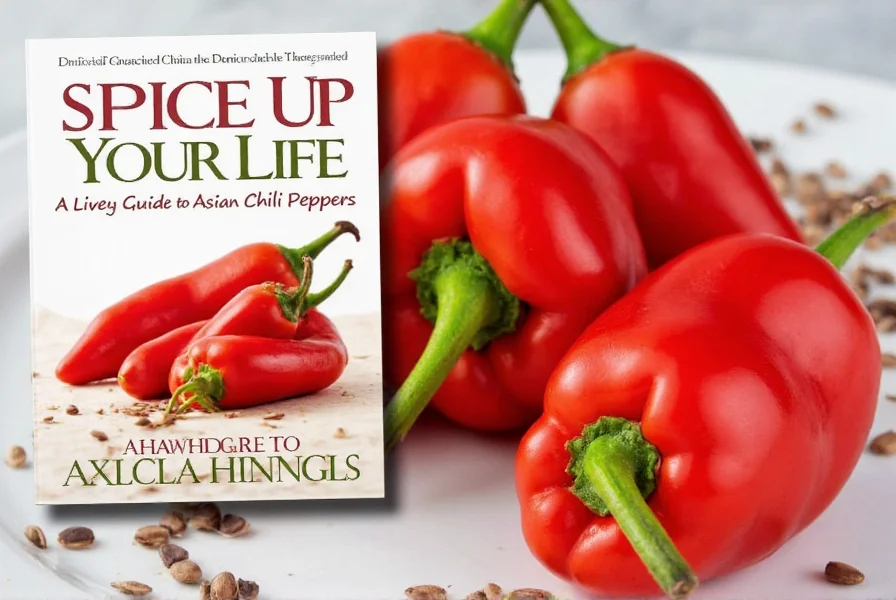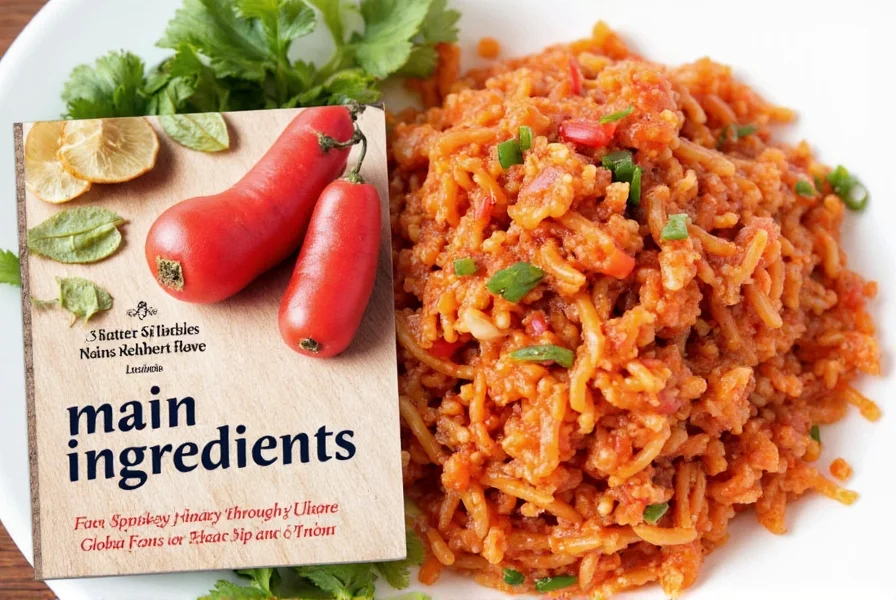Kimchi Main Ingredients: A Spicy Journey Through Global Flavor Traditions
If you’ve ever taken a bite of kimchi, you know it’s more than just a side dish—it’s a bold explosion of flavor that has captivated taste buds around the world. But have you ever wondered what makes this Korean staple so unique? The answer lies in its kimchi main ingredients, which form the foundation of its rich, tangy, and spicy character.
Table of Contents
- Introduction to Kimchi
- The Key Kimchi Main Ingredients
- Global Spice Traditions and Kimchi
- Practical Tips for Cooking with Kimchi
- Buying Guide: Choosing the Best Kimchi
- Conclusion
Introduction to Kimchi
Kimchi is a traditional Korean dish made from fermented vegetables, typically napa cabbage and radishes, seasoned with a mixture of chili pepper, garlic, ginger, and other spices. It’s not just a food—it’s a cultural icon, representing centuries of Korean heritage and culinary innovation. While many think of kimchi as a simple side dish, its complexity lies in the balance of flavors and the care taken in preparation.

From the fiery heat of gochujang to the sharp tang of vinegar, each kimchi main ingredient plays a role in creating its signature taste. Whether you’re an amateur enthusiast or a professional chef, understanding these ingredients can elevate your cooking and appreciation for this beloved dish.
The Key Kimchi Main Ingredients
To truly understand kimchi, you need to get to know its core components. Here are the kimchi main ingredients that make this dish so special:
- Napa Cabbage: The base of most kimchi recipes, napa cabbage is crisp and slightly sweet, providing a perfect canvas for the seasonings.
- Radishes: Often used in some varieties like kkaennip kimchi, radishes add a crunchy texture and a mild peppery flavor.
- Gochugaru (Korean Red Pepper Flakes): This is the key source of heat and color in kimchi. Gochugaru gives the dish its signature red hue and fiery kick.
- Garlic and Ginger: These aromatics add depth and warmth, enhancing the overall flavor profile.
- Soy Sauce and Fish Sauce: Used to add saltiness and umami, these ingredients are essential for balance.
- Vinegar or Rice Wine: Adds a tangy note and helps with fermentation.
- Sesame Oil: A finishing touch that adds a nutty aroma and richness.


Each of these kimchi main ingredients contributes to the final flavor, making every batch of kimchi unique based on the proportions and combinations used.
Global Spice Traditions and Kimchi
Kimchi may be Korean, but its love for spice and fermentation is shared by many cultures around the world. From the Indian chutneys to the Mexican salsas, and the Italian sauerkraut, the use of fermented, spiced vegetables is a common thread across global cuisines.
Let’s take a look at how kimchi main ingredients compare to other globally beloved spice traditions:
| Spice Tradition | Main Ingredients | Flavor Profile |
|---|---|---|
| Kimchi | Cabbage, Radish, Gochugaru, Garlic, Ginger | Spicy, Tangy, Umami |
| Indian Chutney | Tomato, Mint, Cilantro, Green Chilies | Herby, Spicy, Fresh |
| Mexican Salsa | Tomato, Onion, Jalapeño, Cilantro | Crunchy, Spicy, Bright |
| German Sauerkraut | Cabbage, Salt, Caraway Seeds | Sour, Earthy, Fermented |
| Japanese Tsukemono | Cucumber, Daikon, Vinegar, Sugar | Tart, Crisp, Sweet-Sour |


While each tradition has its own unique twist, they all share a deep respect for flavor, preservation, and the art of seasoning. Understanding this connection can help you appreciate the kimchi main ingredients even more—because they’re not just part of a dish, they’re part of a global culinary story.
Practical Tips for Cooking with Kimchi
Whether you're a seasoned chef or a curious home cook, here are some practical tips to help you make the most of your kimchi main ingredients:
- Use Fresh Ingredients: The quality of your kimchi main ingredients will directly impact the final result. Choose firm, crisp vegetables and fresh spices for the best flavor.
- Balance the Flavors: Don’t be afraid to adjust the amount of gochugaru or soy sauce to suit your taste. Some people prefer a milder version, while others enjoy a fiery punch.
- Experiment with Variations: Try different types of kimchi like kkaennip kimchi (radish kimchi) or baechu kimchi (nappa cabbage kimchi) to discover new flavors.
- Store Properly: Once fermented, store your kimchi in an airtight container in the refrigerator. It gets better with time!
- Pair with Other Dishes: Kimchi pairs well with rice, grilled meats, and even eggs. It's a versatile addition to any meal.
These tips can help you unlock the full potential of your kimchi main ingredients, whether you're making it from scratch or using store-bought versions.
Buying Guide: Choosing the Best Kimchi
If you're not making kimchi at home, there are plenty of high-quality options available in stores. Here’s a guide to help you choose the right one:
Best for Beginners: Kimchi by Kogi
Features: Mild heat, easy to find, great for first-time users.
Advantages: Balanced flavor, no overpowering spice.
Use Cases: Ideal for adding to soups, stews, or as a condiment.
Target Audience: Newcomers to Korean cuisine.
Suitable Occasions: Casual meals, family dinners.
Best for Heat Lovers: Gochujang Kimchi by Myeongchun
Features: Spicy, fermented, authentic.
Advantages: Rich, complex flavor, true to traditional recipes.
Use Cases: For those who want a strong kimchi experience.
Target Audience: Spicy food enthusiasts.
Suitable Occasions: Bold meals, Korean-themed gatherings.

Best for Health Enthusiasts: Organic Kimchi by Hanahoe
Features: Organic, low sodium, natural fermentation.
Advantages: Gut-friendly, minimally processed.
Use Cases: For health-conscious eaters.
Target Audience: People looking for clean, healthy foods.
Suitable Occasions: Everyday meals, wellness-focused dishes.
Choosing the right kimchi depends on your preferences and needs. Regardless of which one you pick, remember that the kimchi main ingredients play a crucial role in defining its flavor and quality.
Conclusion
Kimchi is more than just a dish—it’s a celebration of flavor, culture, and tradition. At its heart, the kimchi main ingredients are what give it its soul, combining the boldness of gochugaru with the warmth of garlic and the depth of soy sauce. Whether you're making it yourself or enjoying a store-bought version, understanding these elements can deepen your appreciation for this iconic Korean delicacy.
As you explore the world of spices, remember that every culture has its own way of transforming simple ingredients into something extraordinary. Kimchi is a perfect example of that. So next time you reach for a jar of kimchi, take a moment to savor the kimchi main ingredients that make it so special.










 浙公网安备
33010002000092号
浙公网安备
33010002000092号 浙B2-20120091-4
浙B2-20120091-4